Table of Contents
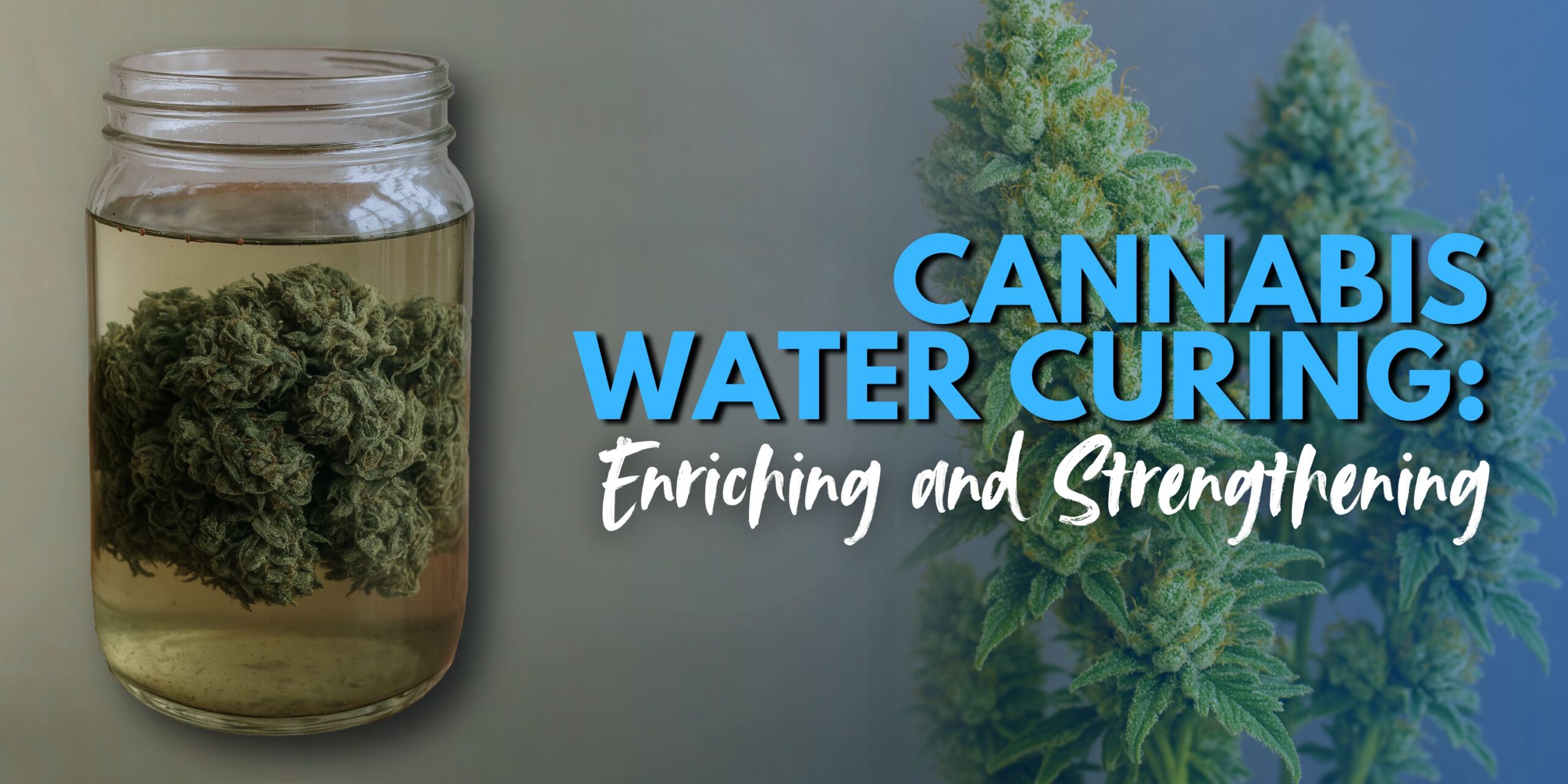
A less well-known yet very efficient way to purify and potentiate is water cured weed. Water curing uses the mechanism of diffusion to remove undesired chemicals including chlorophyll, sugars, and extra salts from the buds unlike conventional air curing, which involves gradual evaporation and oxidation. The outcome is a more potent finished product in most cases that is cleaner and smoother. From the advantages and scientific underpinnings to a step-by-step methodology that maximizes efficacy, this comprehensive guide addresses every facet of water healing
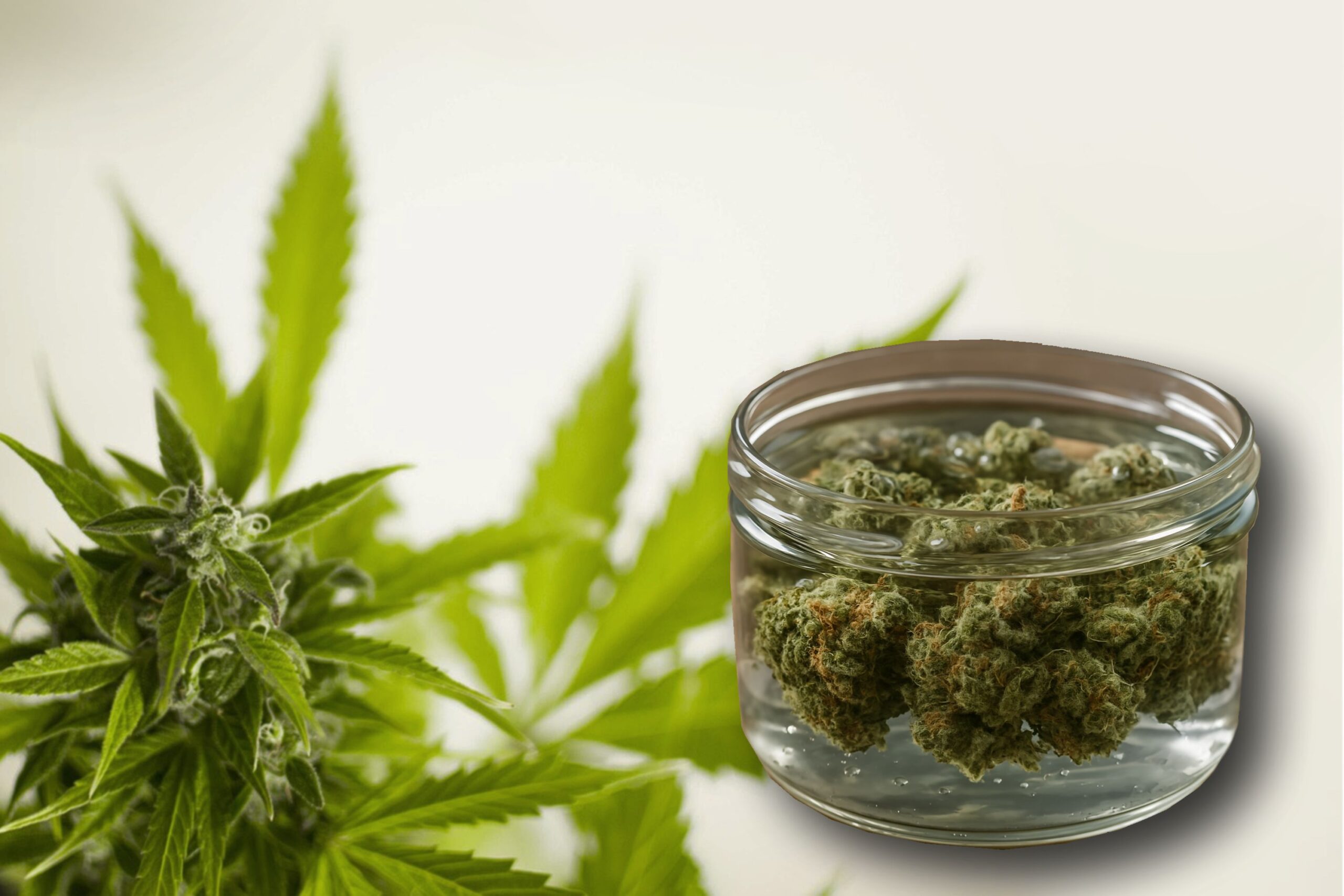
Water Curing Mechanism
Water cure bud uses water’s capacity to dissolve and remove undesired parts from plant material. Over the course of several days, cannabis buds are submerged in distilled water, where non-cannabinoid and non-terpene material—chlorophyll, salts, and sugars—leach away. The THC and CBD level stays the same since cannabinoids are hydrophobic and don’t break down in water; the plant material gets far more smoother to ingest.
Water curing cannabis actively removes impurities, hence compressing the time period in contrast to air curing, which uses gradual degradation of chemicals over weeks. Daily water replacement creates a gradient that continuously pulls out undesirable chemicals. Eliminating the weight of unnecessary plant material results in a far cleaner and maybe stronger product since the THC concentration is higher per gram.
Key Advantages of Water Curing Smoother Vapor and Smoke
Removal of chlorophyll, which helps to make smoke bitter, produces a cleaner, less abrasive experience when breathed. For those with sensitive respiratory systems or medical cannabis users, this is very helpful.
1. Quicker Curing Time
Conventional air curing calls for two to four weeks to properly desiccate moisture and unwanted chemicals. On the other hand, water curing has a comparable effect in 5 to 7 days, hence speeding the post-harvest process significantly.
2. Neutralized Odor and Flavor
While water-cured cannabis loses a considerable amount of its taste and scent, air-cured cannabis keeps much of its original terpene content. Therefore, it is perfect for anyone looking for a less strong cannabis experience or for those intending to consume the buds in foods, where the natural tastes would be covered nonetheless.
3. Greater Perceived Potency
The rest of cannabis is more potent when undesirable chemicals are eliminated without altering cannabinoids, thereby increasing the level of THC or CBD over that in plant material. This does not increase the strength of cannabis but makes them relatively more concentrated.
4. Reduced Risk of Contaminants and Mold
Since water curing occurs in a submerged environment and is much faster than air curing, it reduces exposure to mold spores and airborne bacteria. In humid areas where air curing increases the risk of mold, this can be very helpful.
Water curing cannabis successfully requires focus on cleanliness, temperature management, and appropriate drying. Here is the step-by-step analysis of every one:
Step 1: Preparing the Buds and Water Curing
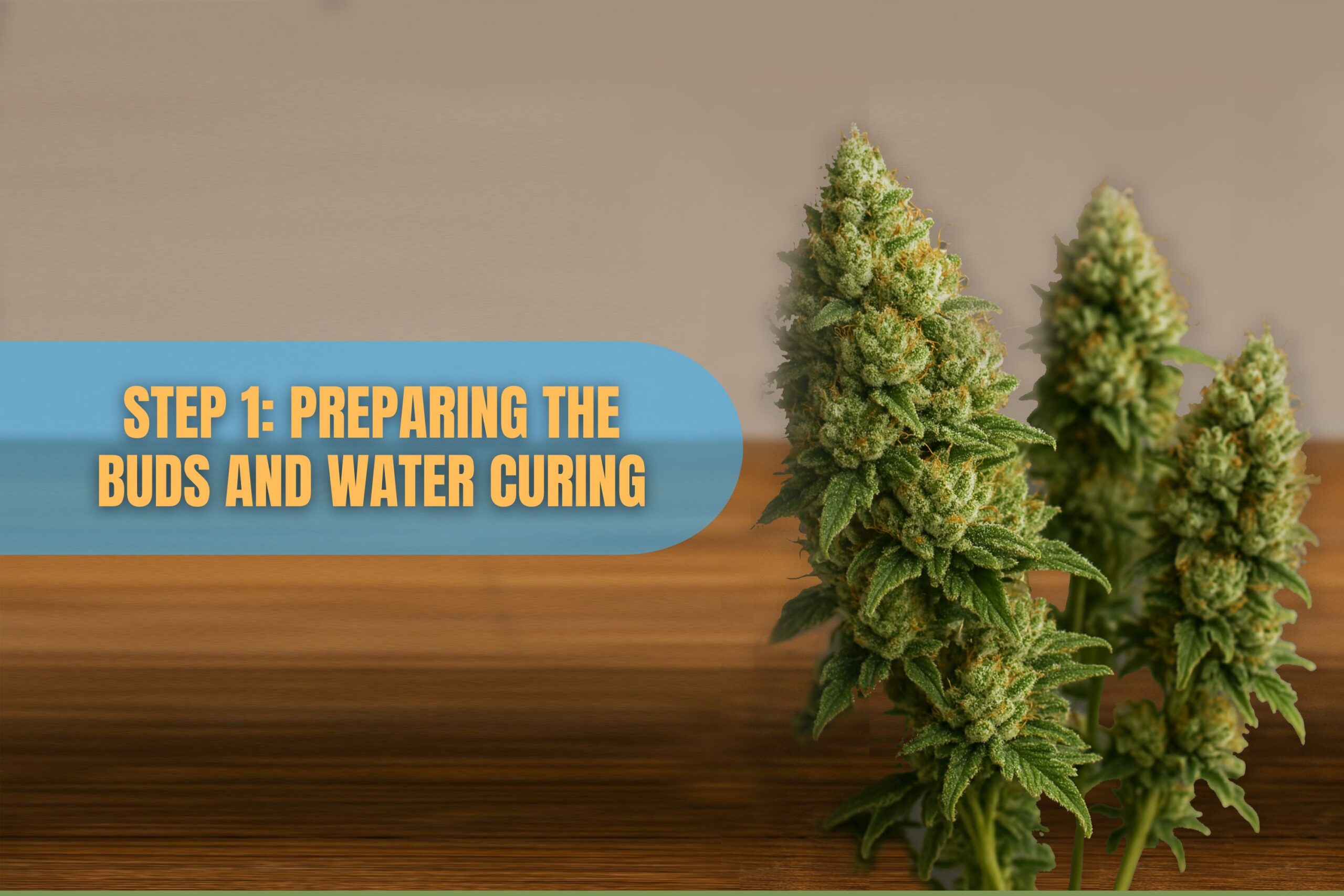
Make sure you pick your cannabis properly so you can prepare it in advance for water curing. Remove excess leaves and stems to heal only the bud areas. To guarantee greatest efficiency, a wet trim—removal of fan leaves and sugar leaves before curing—is advised.
Though some farmers like to gently dry their buds before submerging them, recently harvested cannabis is now available to use right away for water curing. This will improve cure efficiency and stop too water absorption. Whether you use dried or fresh cannabis, ensure you clip all your buds to comparable lengths to achieve equal curing.
Step 2: Water Submersion of the Buds
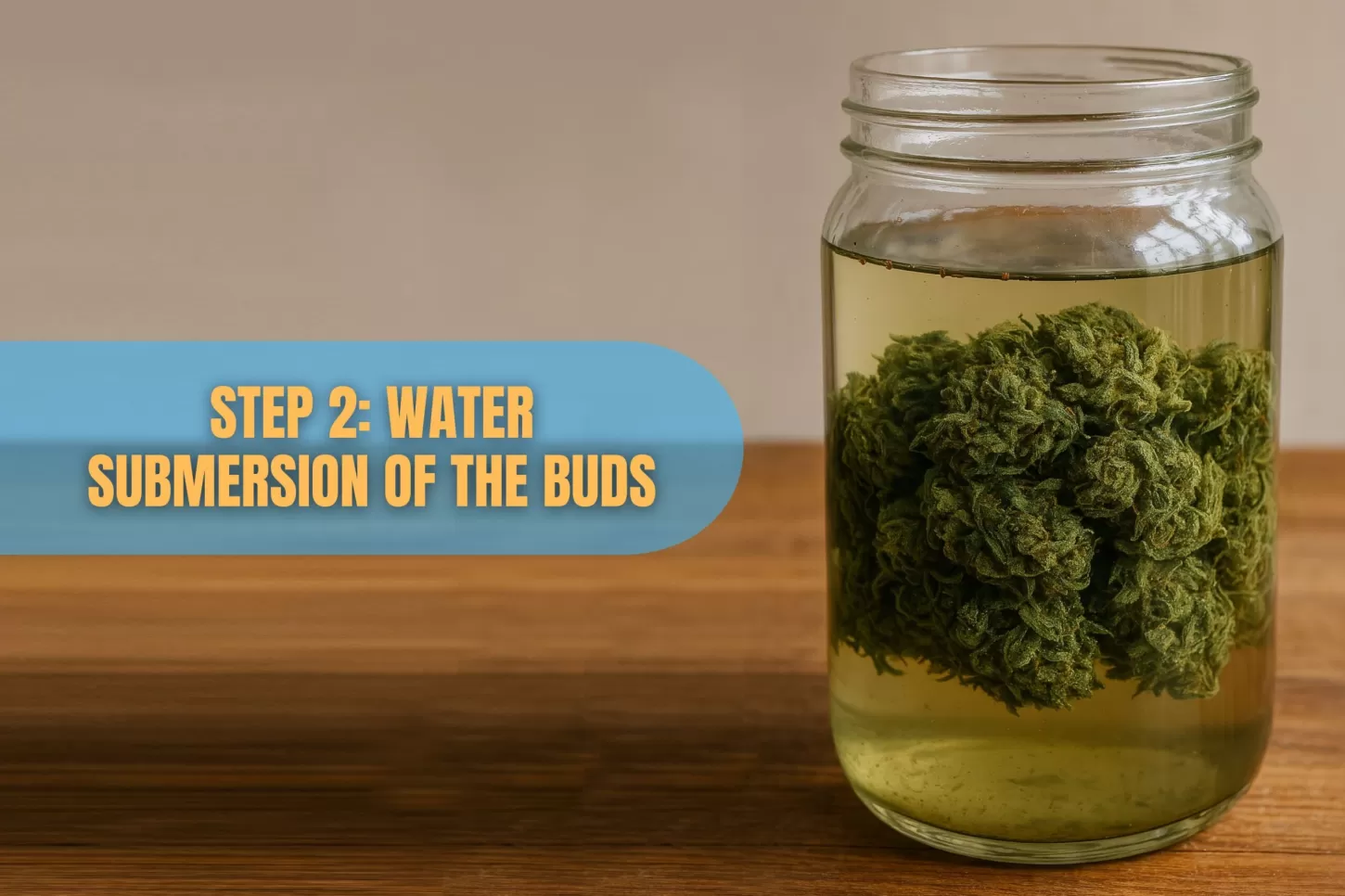
Put the cut cannabis buds in a food-grade plastic container, Mason jar, or glass jar. Completely cover the buds with room temperature-distilled water. To prevent the buds from floating to the top, you might need to put a tiny weight—a clean piece of glass or a sterilized rock—on them.
Since tap water has minerals and pollutants like chlorine and fluoride that might hinder the curing process, distilled or purified water should be used. To avoid bacterial development, the water should be maintained at consistent room temperature—18-24°C or 65-75°F.
Step 3: Daily Water Replacement
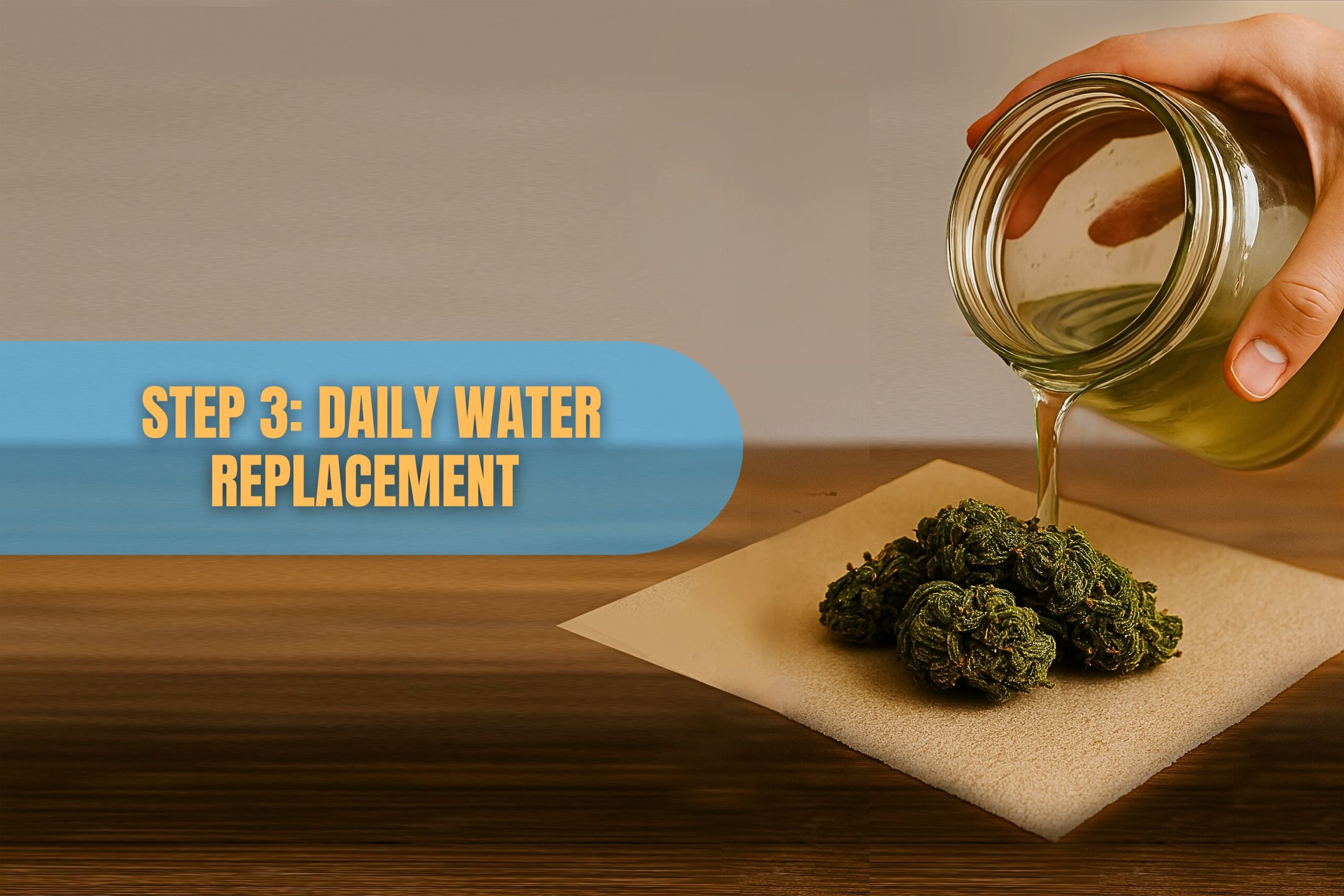
Replace the water every 24 hours for the next week. Every water change removes more unwanted chemicals that cannot resorb into plant material. Chlorophyll and other contaminants are rinsed out, so the water will probably be hazy or tinted for a few days.
Refilling the water should be done at room temperature because abrupt temperature fluctuations will affect the integrity of the cannabinoids and trichomes. Excessive shaking or agitation of the buds should be avoided as they can cause trichome loss.
Step 4: Bud Unloading and Drying
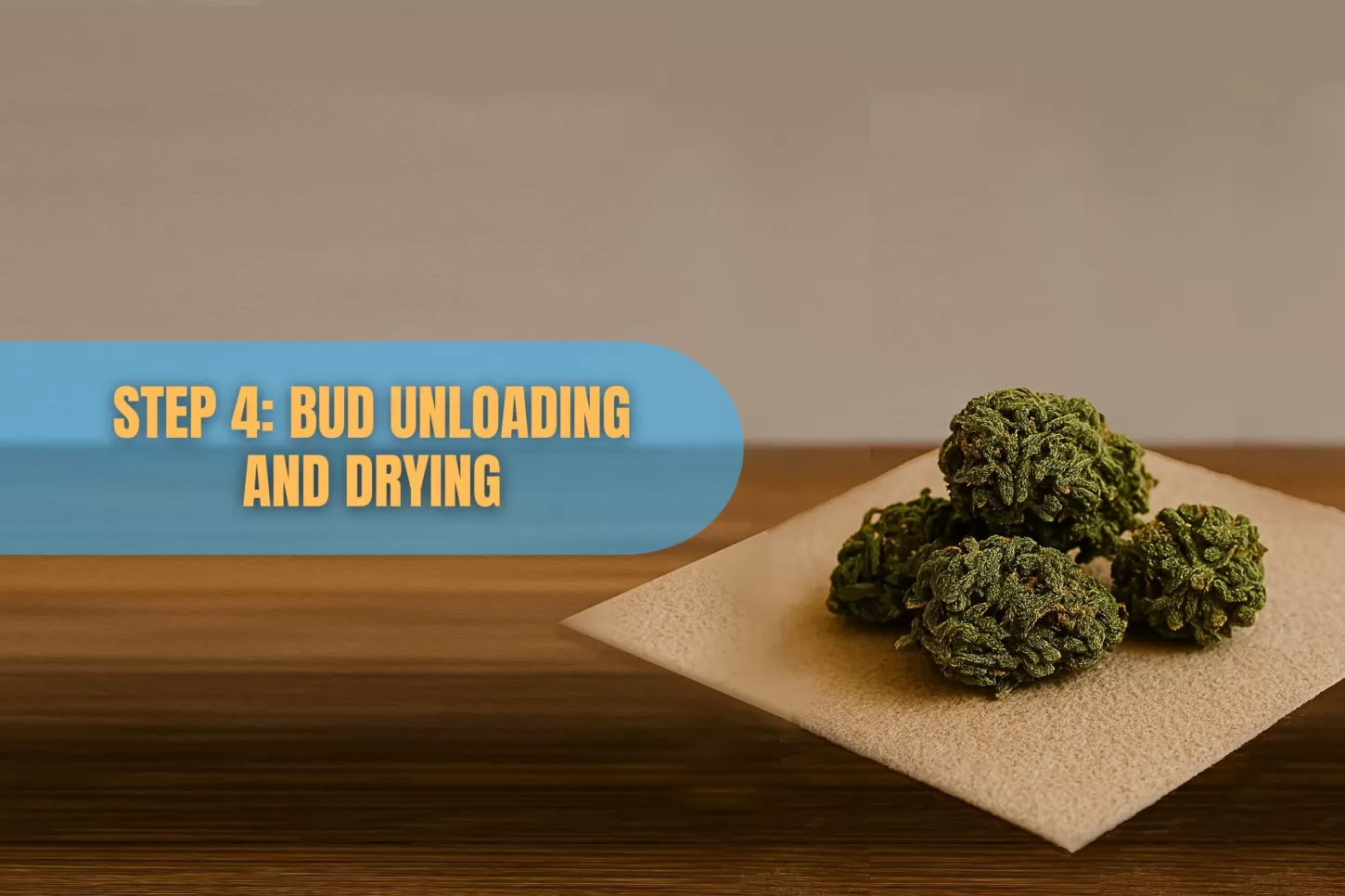
Seven days later, take the cannabis out of the water and gently dry them with a gentle cloth or paper towel. On a drying rack or mesh screen in a dark, well-ventilated location, cover the buds evenly. If need, using a fan or dehumidifier to dry them quickly is fine.
Usually, drying takes 2 to 3 days; humidity will affect the time. When the buds are completely dried, they are ready to be eaten. Now, they are ideal for stealth or edibles, with a significantly less harsh smoke and a neutral taste.
1. Clean, distilled water should be utilized.
Tap water could contain contaminants that compromise the final product.
2. Guarantee total drying
To stop mold formation, complete drying following curing is required. Incomplete drying will destroy the buds and render them hazardous for usage.
3. Comprehend Terpene Loss
Water curing weed will remove a notable amount of terpenes in charge of taste and aroma. Though preferable for some uses (edibles), people who want tasty cannabis can choose to use good ol’ air curing instead.
4. Use a Suitable Container
Use glass or food-grade plastic. Avoid metal or questionable-coated containers since the water could react chemically with them, compromising the purity of the cannabis.
Water curing is a great choice for those who are more concerned with smoothness, strength, and stealth than with taste and scent. This approach is especially great for those who want to treat cannabis quickly or reduce the harshness of chlorophyll and other plant material. Its benefits make it a useful trick in any grower’s toolbox, but it might not be the ideal choice for everyone, particularly for aficionados who like a strong terpene profile.
1. Will I be able to water cure air-cured cannabis?
Though it could be less efficient, water curing air-cured cannabis is doable. Water cure does mostly eliminate contaminants and chlorophyll from fresh flowers. Water curing won’t be very effective today since air-cured cannabis previously went through a little breakdown of those chemicals.
2. Does water cure lower cannabis THC concentration?
No, water curing won’t significantly lower the THC content. Cannabinoids such as THC and CBD are hydrophobic, or not soluble in water. Relative strength by weight will seem greater, but, as water curing removes other material adding weight.
3. Does water curing allow for mold growth?
If correctly executed, water curing will probably prevent mold from developing since water immersion robs oxygen access, which is required for mold to flourish. Poor drying is therefore of the most importance since insufficient drying after curing could promote mold.
4. Does water curing color cannabis buds?
Indeed, water-cured cannabis usually typically darker and less vibrant than air-cured cannabis. Chlorophyll and other pigments seep out throughout the process, which can cause a brownish or dull greenish hue.
5. Does water curing produce better edibles?
Water curing is suitable for edibles as it can eliminate extra chlorophyll and undesired chemicals, hence leaving a purer taste. Water-cured cannabis performs well in infusions and extracts since edibles depend less on THC content and not at all on taste and scent.
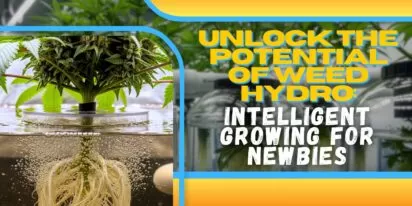
Curious about growing weed in a healthy, effective way? Welcome to the realm of weed hydro! This method uses water instead of soil, delivering n

Peyote Zkittlez is a unique cannabis strain that has quickly gained dedicated followers among enthusiasts and patients alike. Its parentage—Zk
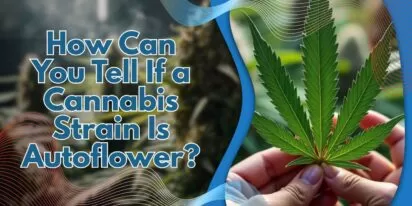
As growers, we want strains that work well, are strong, and are of good quality. Autoflowering cannabis strains are a big step forward for both

Pot growers always ask the same basic question: How much weed does a weed plant produce? The answer is complex and depends on a multitude of var

Ever had the room spin after a few hits? You're not alone. Figuring out how to prevent getting dizzy high can make your cannabis experience a wh
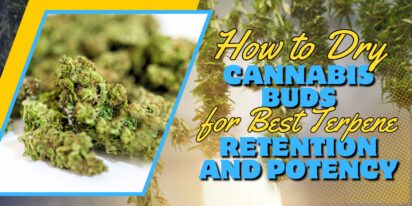
Drying cannabis properly is a critical process in preserving the plant's full aroma and flavor and its psychoactive abilities. Tampering with th

Ever caught yourself a bit too high and all of a sudden in need of being normal? Whether you're heading out for munchies or bumping into someone

Looking for sage advice on how not to get pinched with weed without batting an eye? Attempting to protect your stash from gossipy roommates, sno
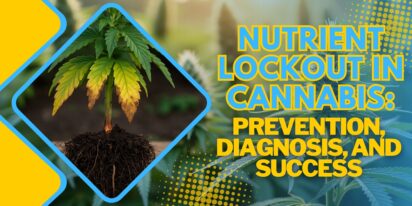
Nutrient lockout, also known as nutrient binding or chemical antagonism, is a significant issue in cannabis cultivation that negatively impacts
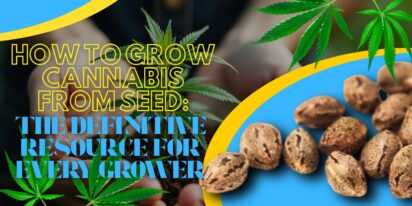
Germination is the most critical initial stage in growing healthy, high-quality cannabis plants. During germination, the dormant seed becomes a
Are You 18 Or Over?
By selecting “Continue”, you confirm that you are at least 18 years of age and legally permitted to access cannabis related content in your region.
By using Rocketseeds.com, you agree to our legal disclaimer.
Excellent blog here Also your website loads up very fast What web host are you using Can I get your affiliate link to your host I wish my web site loaded up as quickly as yours lol
Your writing is not only informative but also incredibly inspiring. You have a knack for sparking curiosity and encouraging critical thinking. Thank you for being such a positive influence!
Simply wish to say your article is as amazing The clearness in your post is just nice and i could assume youre an expert on this subject Well with your permission let me to grab your feed to keep updated with forthcoming post Thanks a million and please carry on the gratifying work
Somebody essentially lend a hand to make significantly articles Id state That is the very first time I frequented your website page and up to now I surprised with the research you made to make this actual submit amazing Wonderful task
Your blog is a beacon of light in the often murky waters of online content. Your thoughtful analysis and insightful commentary never fail to leave a lasting impression. Keep up the amazing work!
Thank you for the auspicious writeup It in fact was a amusement account it Look advanced to more added agreeable from you By the way how could we communicate
Your blog is a constant source of inspiration for me. Your passion for your subject matter shines through in every post, and it’s clear that you genuinely care about making a positive impact on your readers.
Your blog is a constant source of inspiration for me. Your passion for your subject matter is palpable, and it’s clear that you pour your heart and soul into every post. Keep up the incredible work!
Your articles never fail to captivate me. Each one is a testament to your expertise and dedication to your craft. Thank you for sharing your wisdom with the world.
Your blog is a testament to your dedication to your craft. Your commitment to excellence is evident in every aspect of your writing. Thank you for being such a positive influence in the online community.
Your writing has a way of resonating with me on a deep level. I appreciate the honesty and authenticity you bring to every post. Thank you for sharing your journey with us.
Your blog is a true gem in the world of online content. I’m continually impressed by the depth of your research and the clarity of your writing. Thank you for sharing your wisdom with us.
Hi i think that i saw you visited my web site thus i came to Return the favore Im attempting to find things to enhance my siteI suppose its ok to use a few of your ideas
Somebody essentially help to make significantly articles Id state This is the first time I frequented your web page and up to now I surprised with the research you made to make this actual post incredible Fantastic job
Usually I do not read article on blogs however I would like to say that this writeup very compelled me to take a look at and do so Your writing taste has been amazed me Thanks quite nice post
Your blog has quickly become one of my favorites. Your writing is both insightful and thought-provoking, and I always come away from your posts feeling inspired. Keep up the phenomenal work!
Every time I visit your website, I’m greeted with thought-provoking content and impeccable writing. You truly have a gift for articulating complex ideas in a clear and engaging manner.
Hey there You have done a fantastic job I will certainly digg it and personally recommend to my friends Im confident theyll be benefited from this site
I have read some excellent stuff here Definitely value bookmarking for revisiting I wonder how much effort you put to make the sort of excellent informative website
Nice blog here Also your site loads up very fast What host are you using Can I get your affiliate link to your host I wish my site loaded up as quickly as yours lol
What i do not understood is in truth how you are not actually a lot more smartlyliked than you may be now You are very intelligent You realize therefore significantly in the case of this topic produced me individually imagine it from numerous numerous angles Its like men and women dont seem to be fascinated until it is one thing to do with Woman gaga Your own stuffs nice All the time care for it up
Your blog is a beacon of light in the often murky waters of online content. Your thoughtful analysis and insightful commentary never fail to leave a lasting impression. Keep up the amazing work!
Your blog is a breath of fresh air in the often stagnant world of online content. Your thoughtful analysis and insightful commentary never fail to leave a lasting impression. Thank you for sharing your wisdom with us.
Your blog is a beacon of light in the often murky waters of online content. Your thoughtful analysis and insightful commentary never fail to leave a lasting impression. Keep up the amazing work!
Usually I do not read article on blogs however I would like to say that this writeup very compelled me to take a look at and do it Your writing style has been amazed me Thank you very nice article
Your writing has a way of resonating with me on a deep level. I appreciate the honesty and authenticity you bring to every post. Thank you for sharing your journey with us.
This hydroponics guide is quite the buzz, seriously! Who knew growing weed without dirt could be so complicated yet potentially rewarding? The breakdown of systems like DWC and NFT is helpful, though I suspect my cat might confuse the air pump for a toy. The idea of cleaner buds is tempting, especially since explaining hydro weed to my non-growing friends might get messy. And the bit about potential dizziness from hydro weed? Perfect, now I have an excuse for why I always stumble a bit after a grow session. Still, the promise of faster grows and higher yields is hard to ignore, even if it means more trips to the pH meter than to the coffee shop. Overall, a cultivating read for the curious grower!